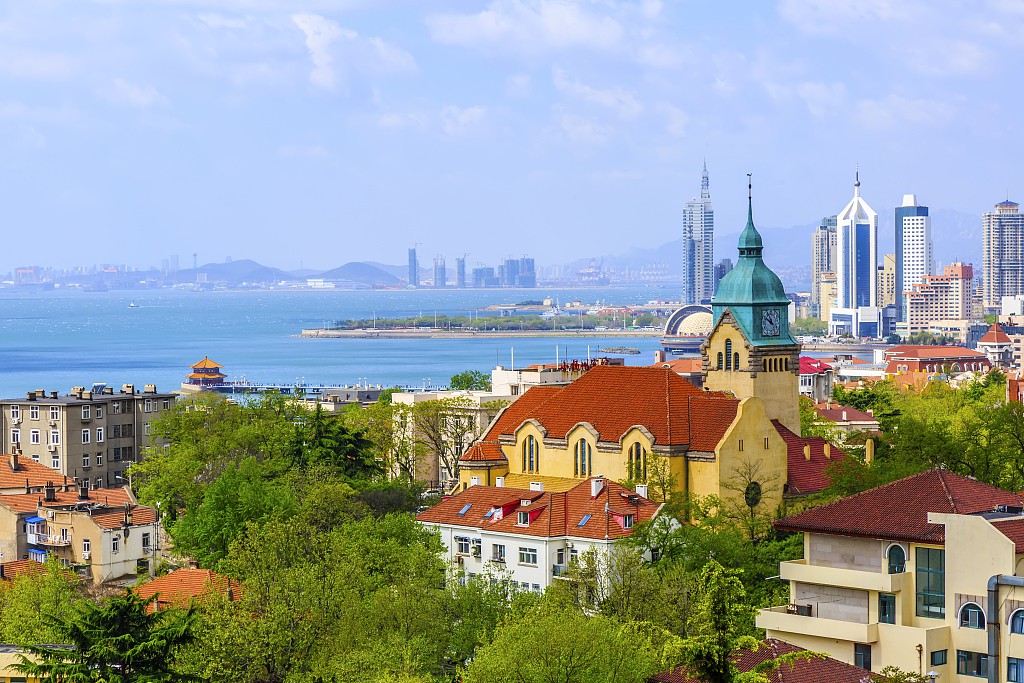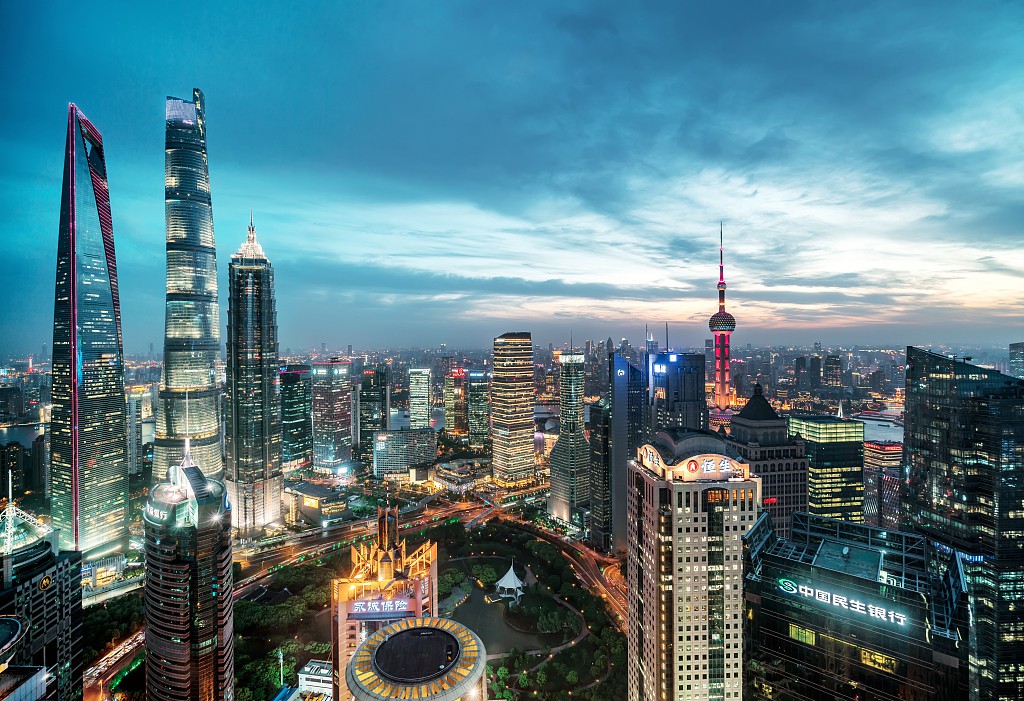The new crown virus COVID-19 brings new insights into the long-term sustainability of smart cities and the crazy urban lifestyle. Although countries around the world are investing to expand their healthcare sector and keep their basic systems functioning, the continuing epidemic has caused most people to question the new normal.
 In addition to being a major challenge in global health governance, the new coronavirus has proven to be a touchstone for disaster preparedness and infrastructure.
In addition to being a major challenge in global health governance, the new coronavirus has proven to be a touchstone for disaster preparedness and infrastructure.
The promise of better opportunities, accessibility and improved quality of life attracts people to live in the city. The Ministry of Economic and Social Affairs reported that by 2050, more than two-thirds of the world’s population is expected to live in urban areas.
Cities with a high population concentration only account for 2% of the global land, which complicates the management and control of the epidemic, especially for highly infectious diseases like COVID-19.
In addition, the shortcomings of the modern economy have created a real tension between addressing the urgent needs of the crisis and investing in more sustainable infrastructure.

Address the broader sustainability agenda
Looking ahead to the next stage of recovery, it is important to consider environmental sustainability in the post-pandemic package.
The economic slowdown during the quarantine period led to a significant decrease in urban pollution, so it is necessary to reassess the impact of human activities on the planet.
Long-term measures to reduce carbon emissions and curb energy consumption and adopt smarter processing systems can ensure a healthier urban environment.
















 RCCN WeChat QrCode
RCCN WeChat QrCode Mobile WebSite
Mobile WebSite
